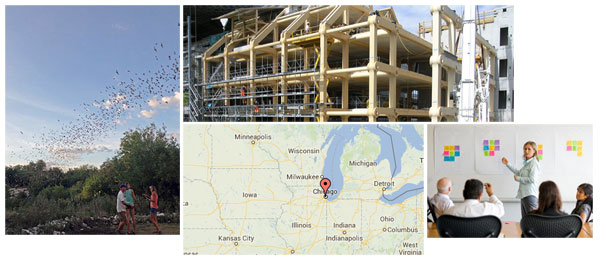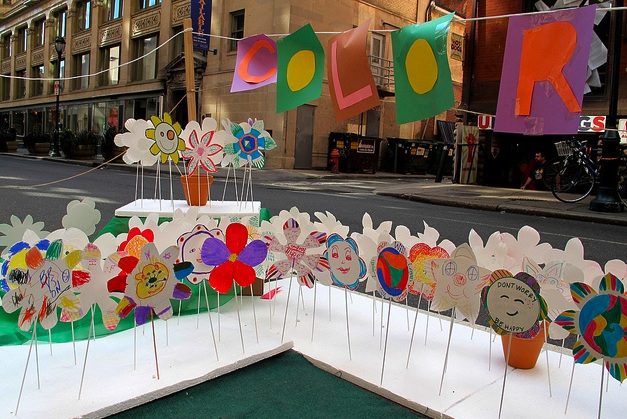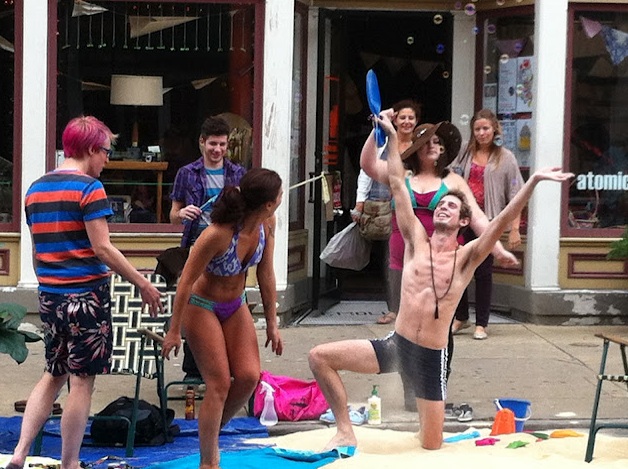 Night out with bats. Using wood to build high-rises. Cultural vibrancy in Chicago. Effectiveness of user groups. Tweeting to help the homeless.
Night out with bats. Using wood to build high-rises. Cultural vibrancy in Chicago. Effectiveness of user groups. Tweeting to help the homeless.
Night out with bats. Lake Flato talks about the nightly feeding exodus of Mexican Freetail bats from their roost at Bracken Cave, an event managed by Bat Conservation International which is a San Antonio group that seeks to educate people and protect bats.
Bracken Cave is home to the largest colony of bats in the world, with 15-20 million bats living in the cave. Before dusk, the bats steadily stream out of the cave for more than 3 hours en route to their 60 mile trip to feed, during which the lot will consume thousands of pounds of insects per night.
Via The Dogrun
Using wood for high-rises. Andrew Lawrence, a structural engineer at ARUP, discusses how urbanization is driving cities to build densely and sustainably and using wood to build tall buildings seems like a good alternative.
Wood is the only completely renewable building material and has almost zero embodied energy because it’s grown with solar power. Wood is also cellular material like bone, so it’s strong and light. Relatively easy to work with, wood lends itself to high quality prefabrication techniques. It’s light to transport to site, reducing transport costs and carbon emissions.
Via Arup Blog
Cultural vibrancy in Chicago. Keith Campbell, a vice president at RTKL’s Chicago office, explains why he likes to pay property taxes in Chicago – and why he thinks it’s a good deal.
The City of Chicago devotes a small percentage of taxes to the Department of Cultural Affairs and Special Events, which is dedicated to enriching Chicago’s artistic vitality and cultural vibrancy. This includes neighborhood music festivals, farmers markets, pilates, tai chi, yoga and zumba in Millennium Park.
Via RTKL Blog
Effectiveness of user groups. Martin Valins, a principal at Stantec, examines the validity of user groups, or if by asking the right questions, you can get what you need.
“Planning around the specific requirements of a user group (or in some cases, that of a dominant personality) can lead to a solution that is a net fit to that one view point. The result will probably be fine, but how often do we find that the person with the most dominant voice leaves before the project is even completed?” – Martin Valins
Via Stantec Blog
Innovative Social Media
Tweeting to help the homeless. A new program called Everyday Connect leverages social media to help the homeless in San Francisco. Project Homeless Connect’s team of staff and volunteers meet between 10 and 20 homeless children and adults each day with a specific, urgent need such as a wheelchair or pair of socks. A tweet (via @PHCSF) is sent to the community asking for an item with the hashtag #EDCDailyNeed. Usually, it takes less than a day to fulfill the request.
Via VentureBeat










